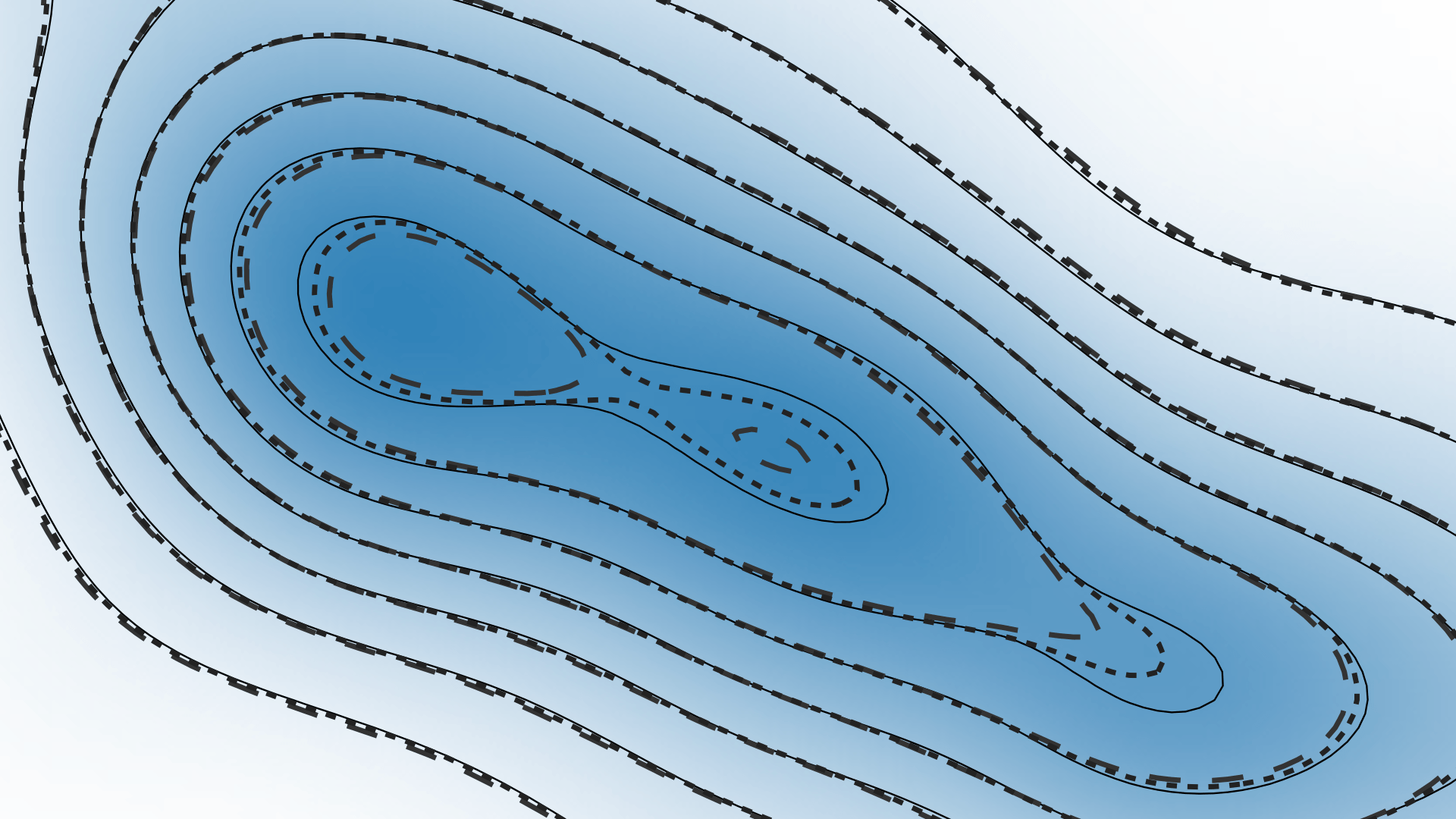Fast & Accurate Gaussian Kernel Density Estimation
Jeffrey Heer
View presentation:2021-10-27T15:20:00ZGMT-0600Change your timezone on the schedule page
2021-10-27T15:20:00Z

Keywords
Data Clustering and Aggregation, Large-Scale Data Techniques, Domain Agnostic, Charts, Diagrams, and Plots, Image and Signal Processing, Uncertainty Visualization, Algorithms, Computational Benchmark Studies, Data Type Agnostic
Abstract
Kernel density estimation (KDE) models a discrete sample of data as a continuous distribution, supporting the construction of visualizations such as violin plots, heatmaps, and contour plots. This paper draws on the statistics and image processing literature to survey efficient and scalable density estimation techniques for the common case of Gaussian kernel functions. We evaluate the accuracy and running time of these methods across multiple visualization contexts and find that the combination of linear binning and a recursive filter approximation by Deriche efficiently produces pixel-perfect estimates across a compelling range of kernel bandwidths.